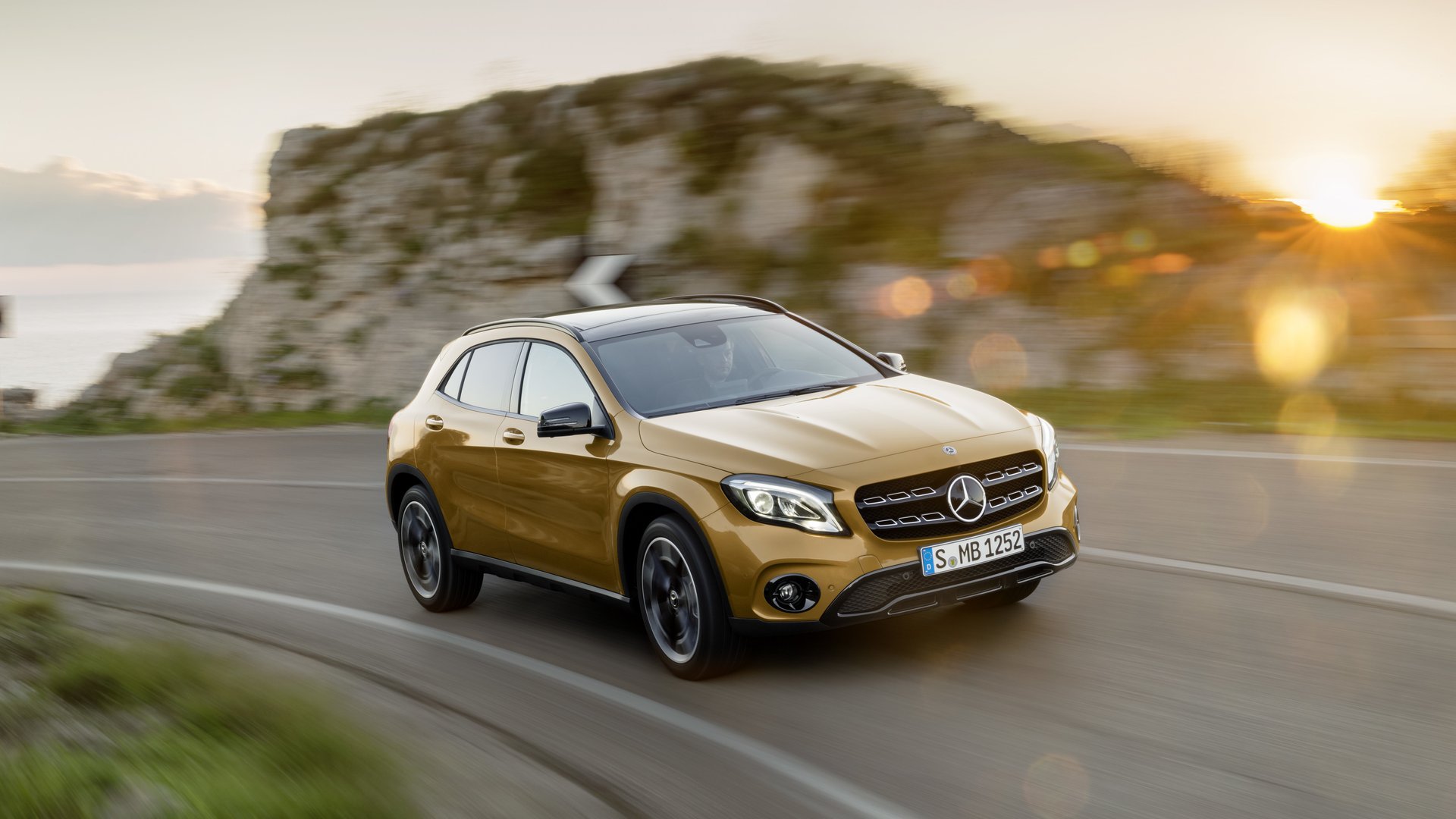The company behind Mercedes is providing self-driving cars to Uber
Uber has turned a ”frenemy” into a partner.


Uber has turned a ”frenemy” into a partner.
Daimler, the parent company of Mercedes-Benz, today announced a partnership with Uber that will see the German automaker providing self-driving vehicles to the ride-hailing app in the “coming years.”
To date, Uber has partnered with Volvo and bought vehicles from Ford to address what founder and CEO Travis Kalanick has called a “basically existential” issue for the company: the development of autonomous vehicles. (It also partners with Toyota on cars that are still driven by humans.) Uber’s main self-driving research facility is in Pittsburgh, Pennsylvania, although the company has facilities around the US, including in Tucson, Arizona, and San Francisco. Uber recently started allowing regular passengers to be picked up by its Ford self-driving cars, and the Volvo models are also now on the streets of Pittsburgh. The company was recently told to stop testing self-driving cars in San Francisco, and it packed up its cars onto self-driving trucks built by its subsidiary Otto, which it purchased in August. (The cars are now back in the Bay Area, but not picking up any passengers.)
“Auto manufacturers like Daimler are crucial to our strategy because Uber has no experience making cars, and in fact, making cars is really hard,” Kalanick said in a blog post. “This became very clear to me after I visited an auto manufacturing plant and saw how much effort goes into designing, testing, and building cars.”
Many Silicon Valley firms—and just about every traditional car company—are racing to crack autonomy. It’s becoming increasingly clear that it may be easier for Silicon Valley to leverage its software expertise and Detroit its car-building history to form partnerships, rather than trying to solve problems in a vacuum. Beyond Uber’s partnerships, Alphabet’s self-driving car company Waymo has partnered with Fiat-Chrysler to build its new fleet of autonomous minivans, and General Motors bought self-driving technology firm Cruise Automation for $1 billion last March, as well as investing $500 in Uber rival Lyft, which has its own designs on a self-driving car service.
No information on the specifics of the Uber-Daimler deal were provided, and neither company was immediately available to comment. It’s also not entirely clear when or what sorts of cars Daimler would be providing to Uber—the company does also own the diminutive Smart electric car company, after all. But the move seems to be in line with the logic that Kalanick and Daimler CEO Dieter Zetsche have espoused in the past: Let’s work together, but at arm’s distance. In 2016, Zetsche said onstage with Kalanick that Daimler and Uber could be “frenemies.” “We want to be at the forefront, we want to create this change, rather than being changed,” he said. “I think that is the best way to win the future.”
Looking at the companies that Uber has chosen to work with so far, it almost feels as if there is a hierarchy in its potential self-driving car offerings. The Ford vehicles could potentially become the no-frills UberX of autonomous vehicles, while the Volvo SUVs Uber is using could become its extra-room UberXL offering. Daimler’s Mercedes cars could become the luxurious, extra-cost UberBLACK cars in our autonomous future. No word yet on what will happen to all the humans driving those different levels of Uber’s service today, though.